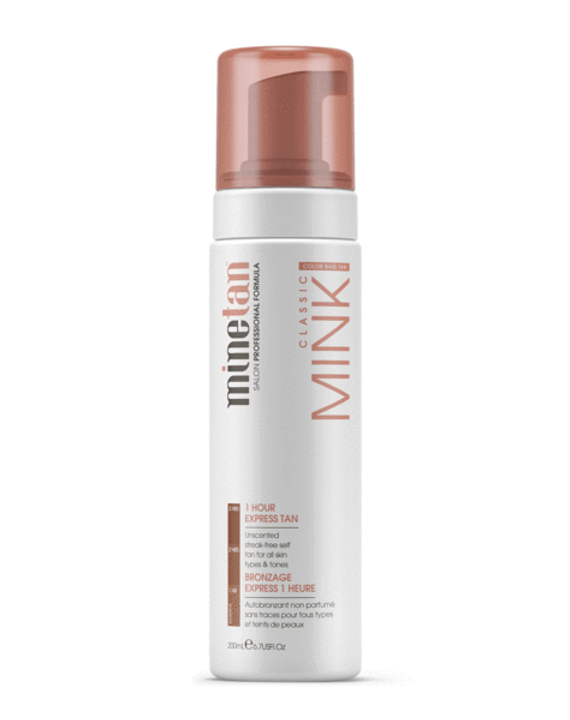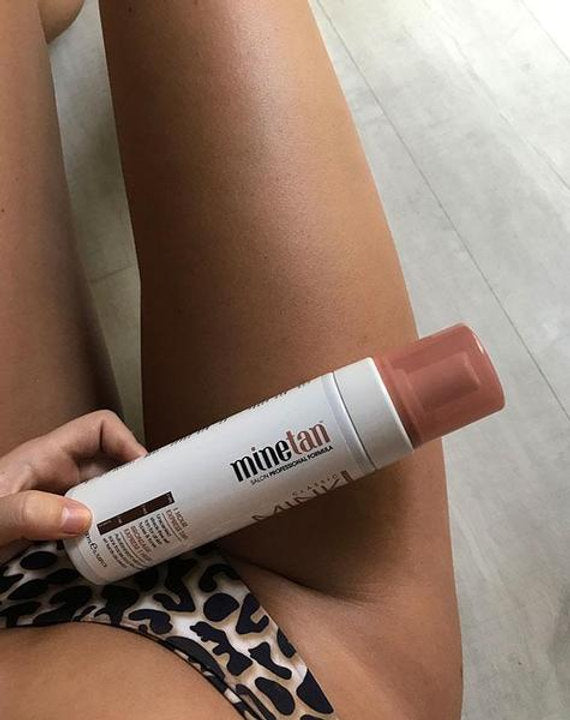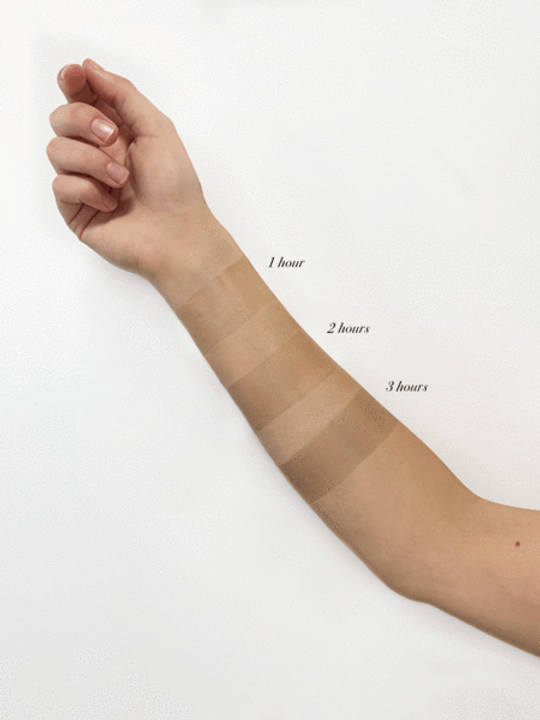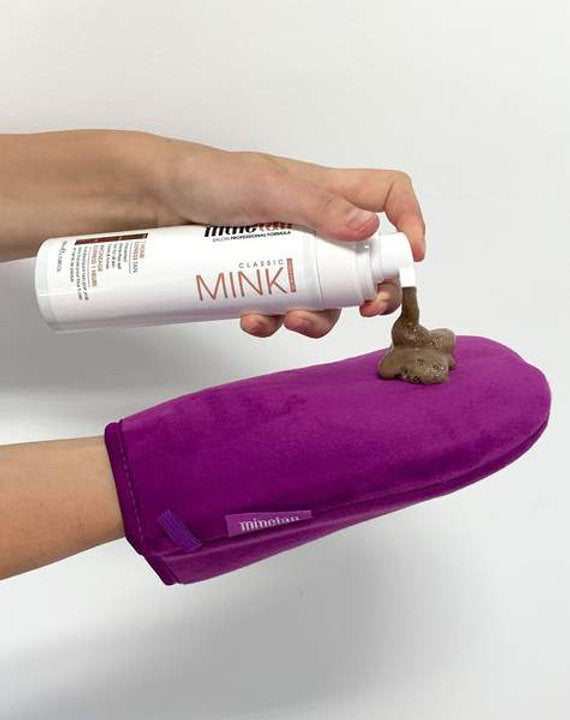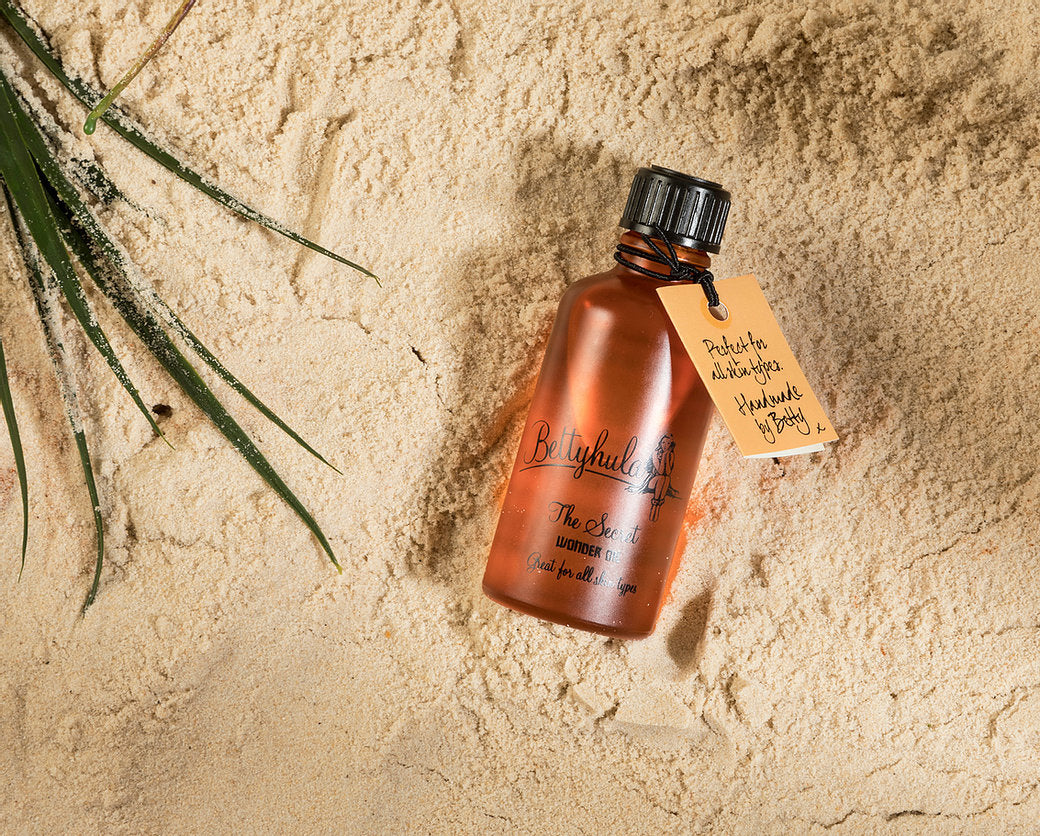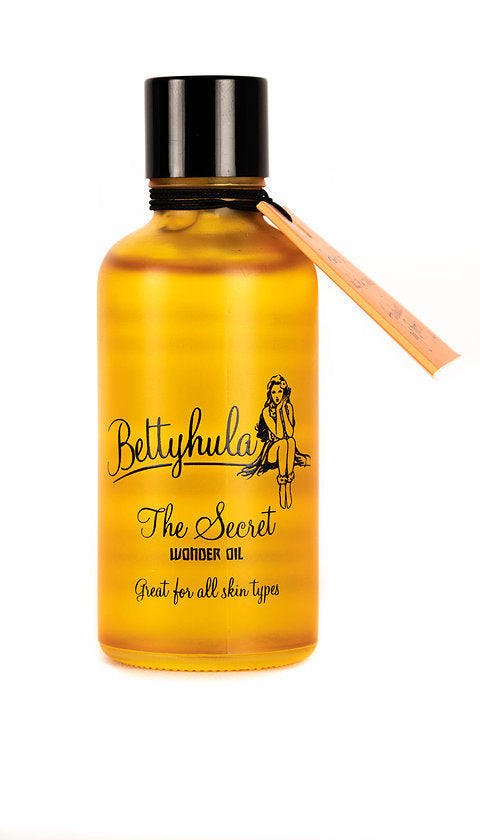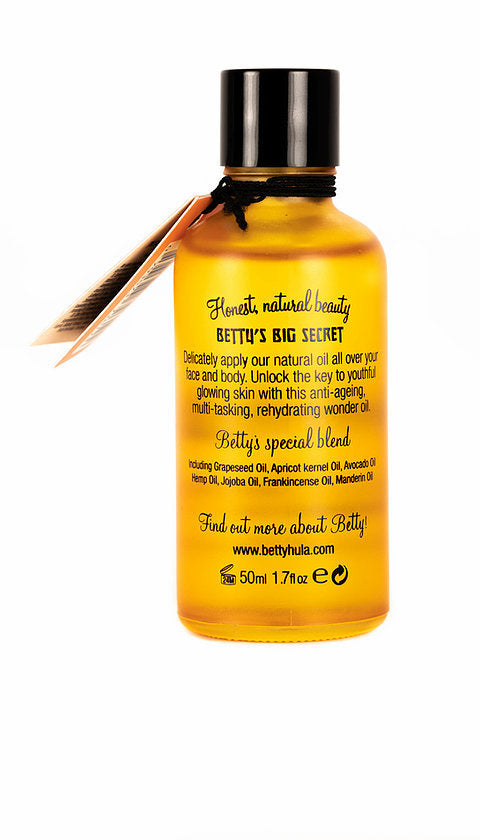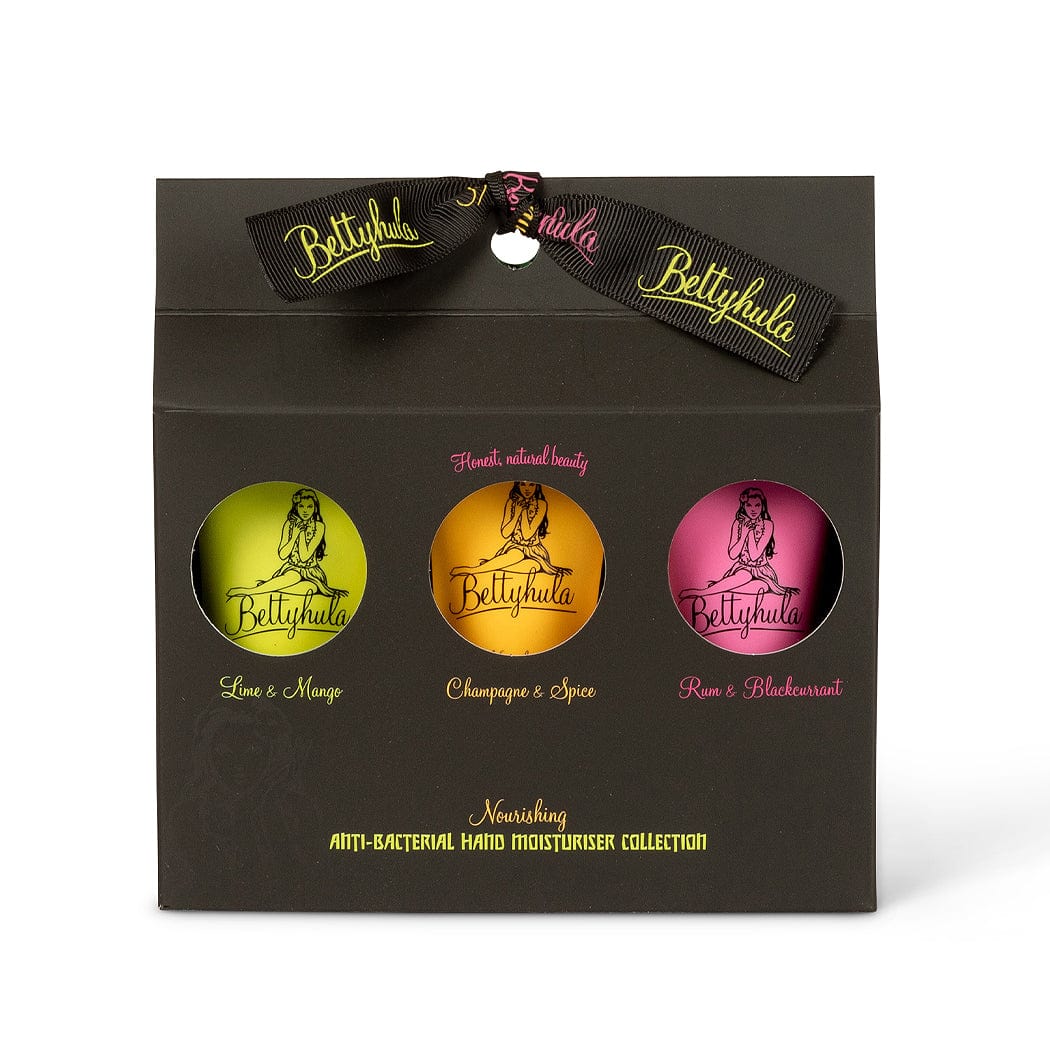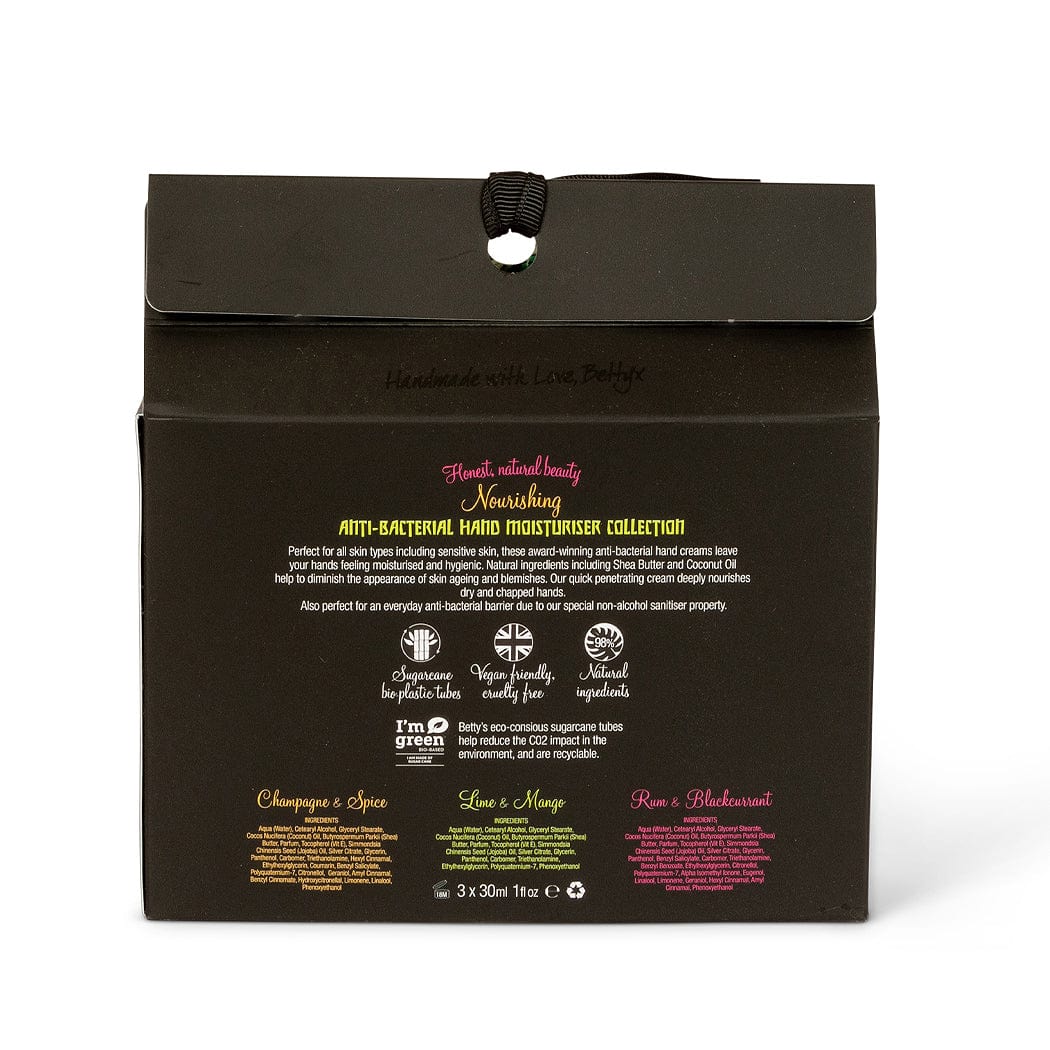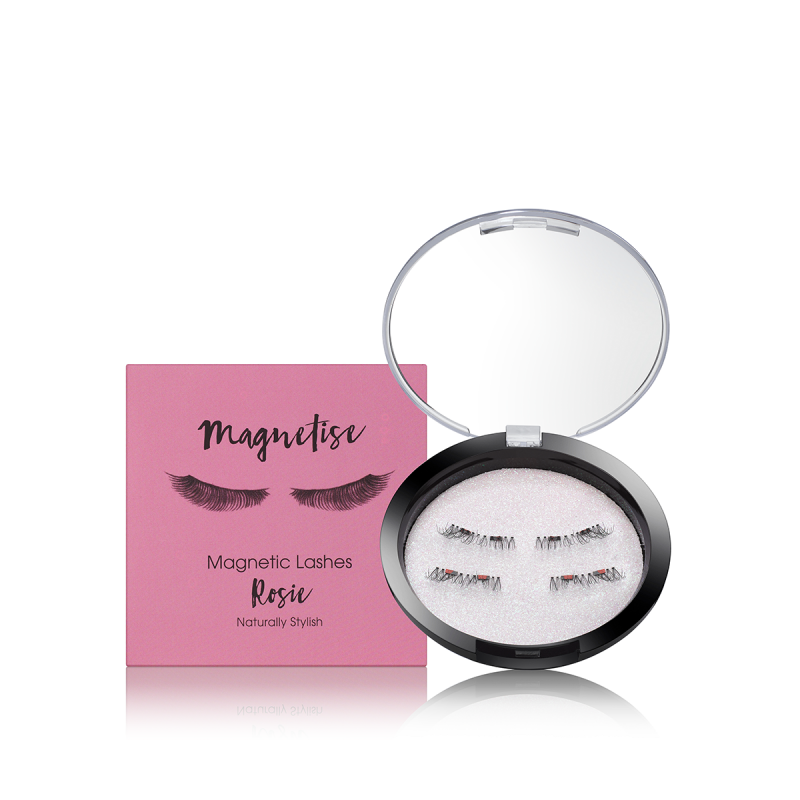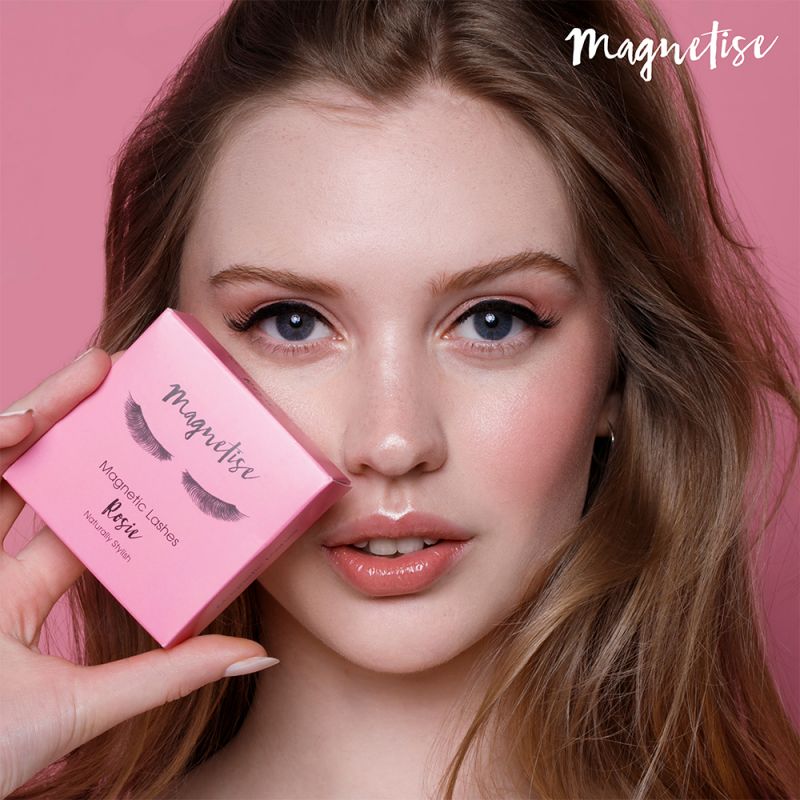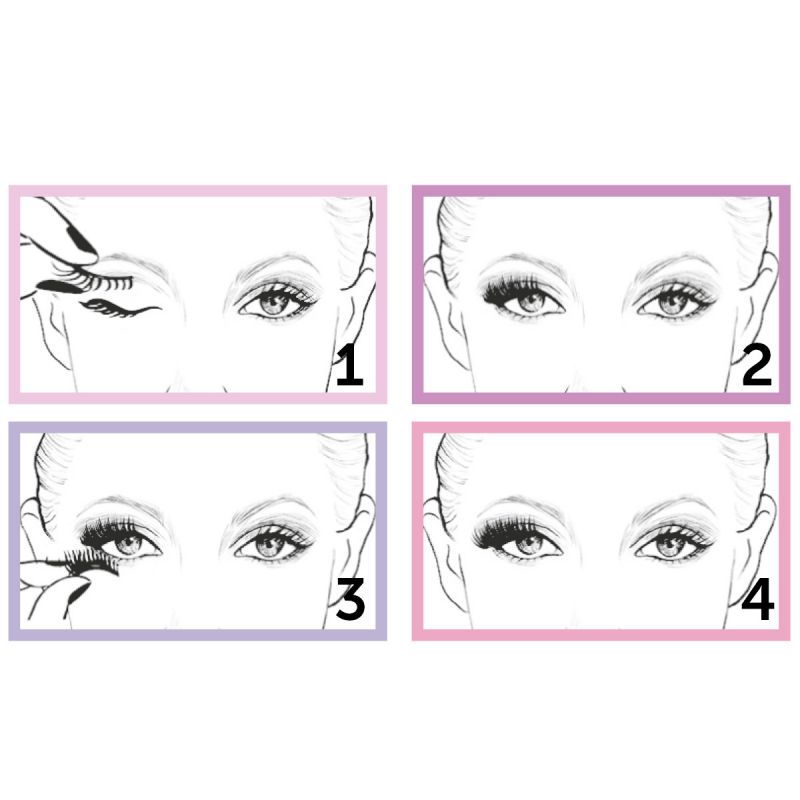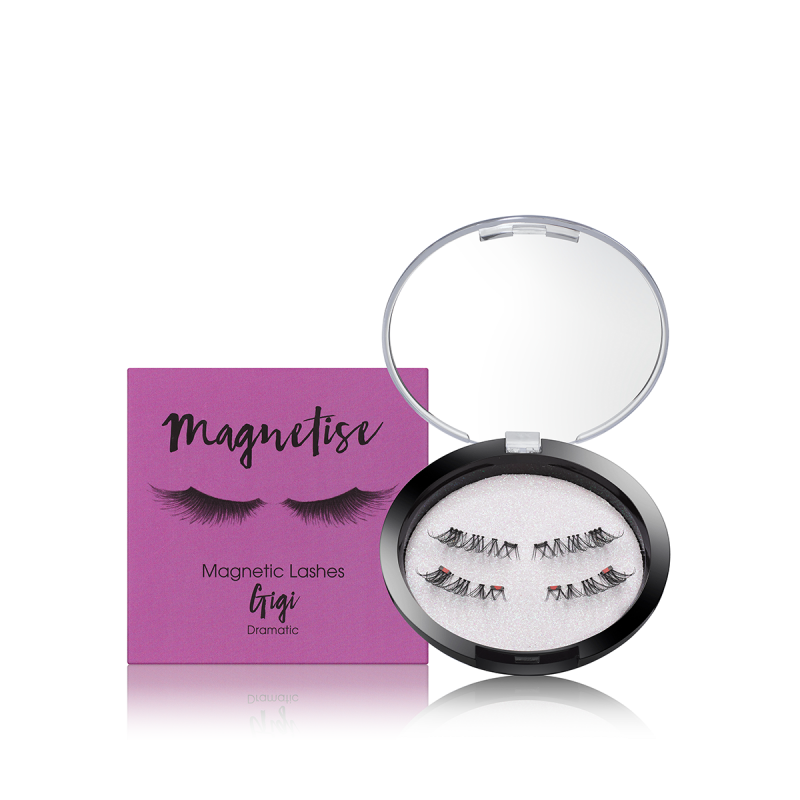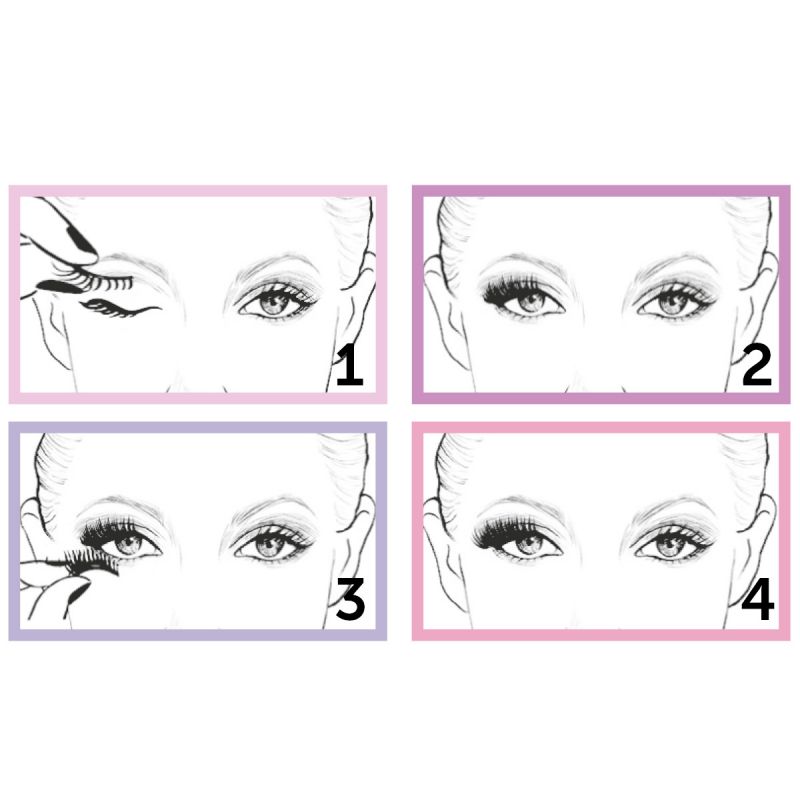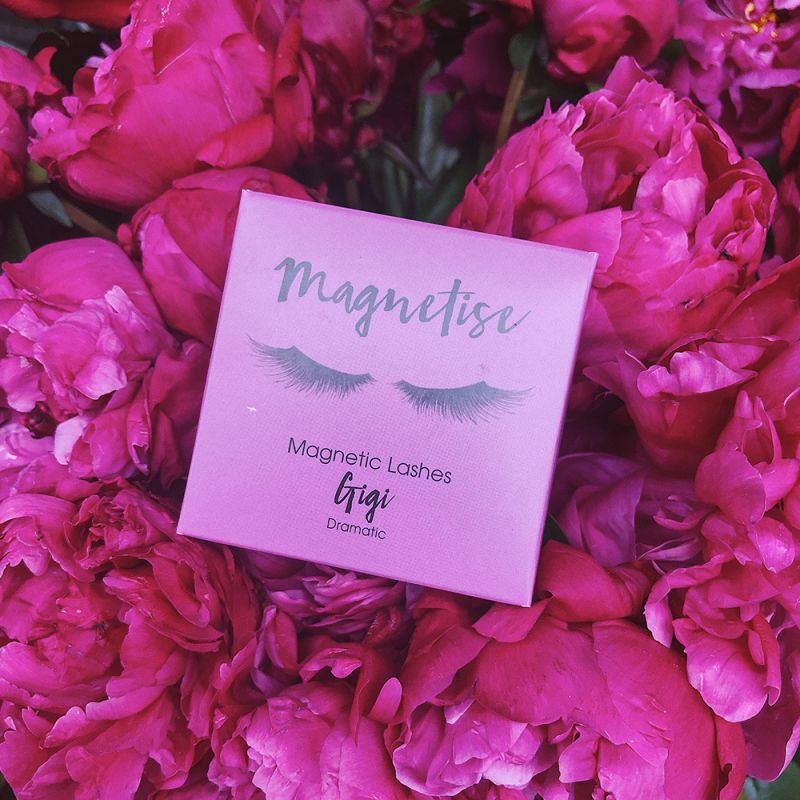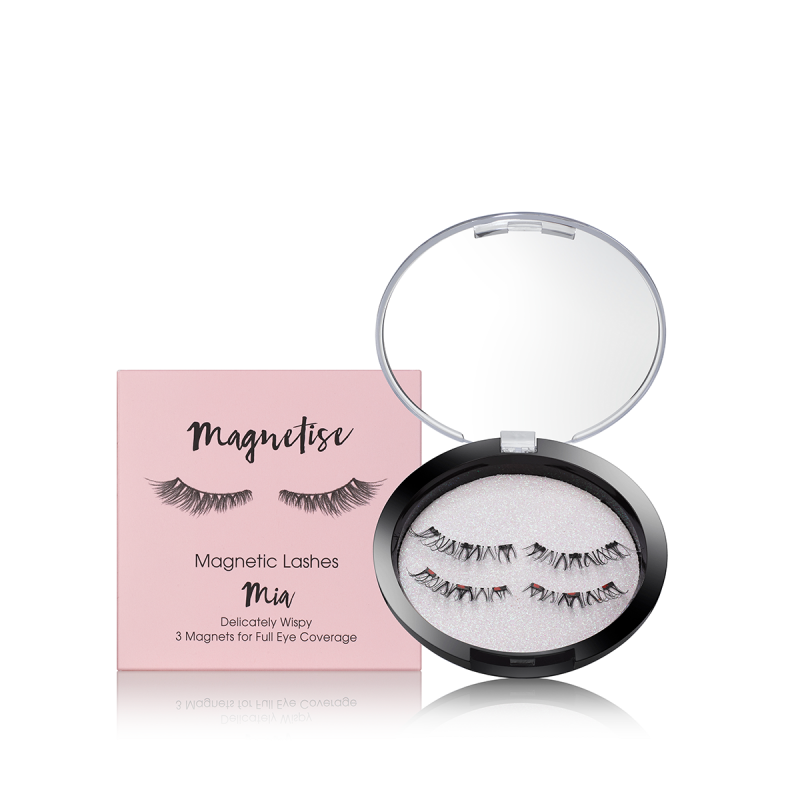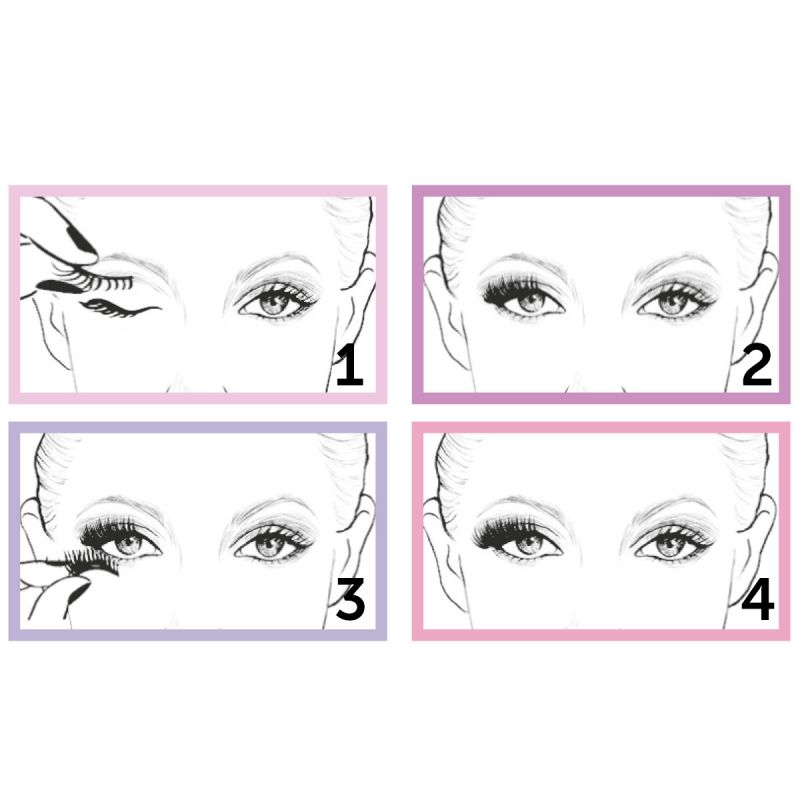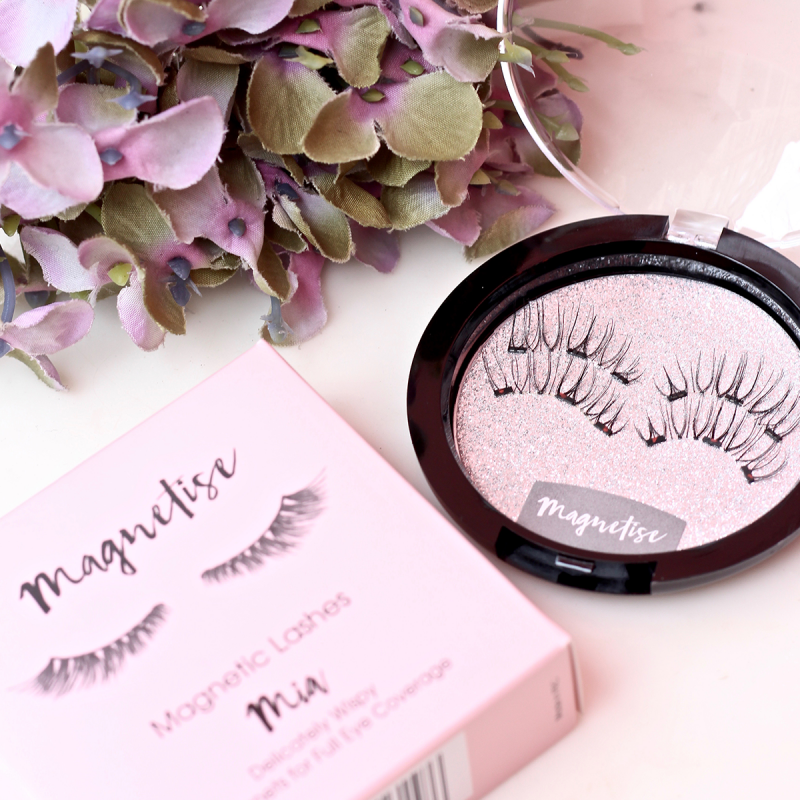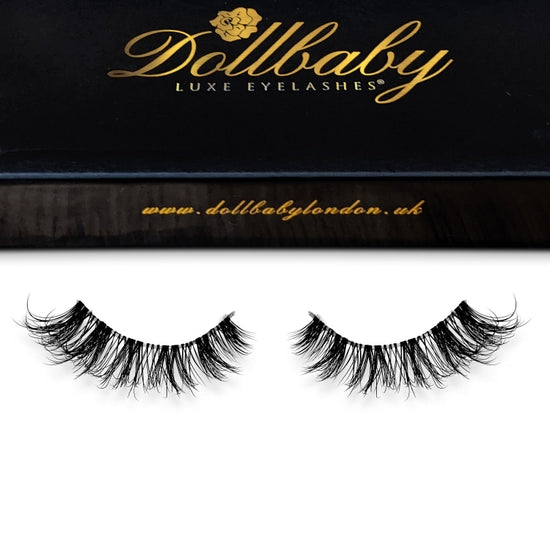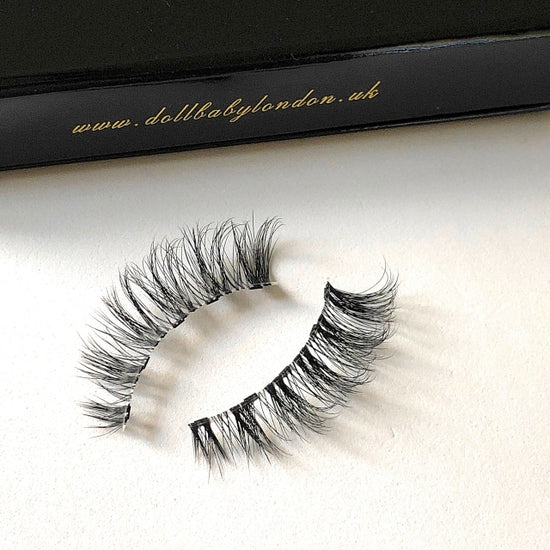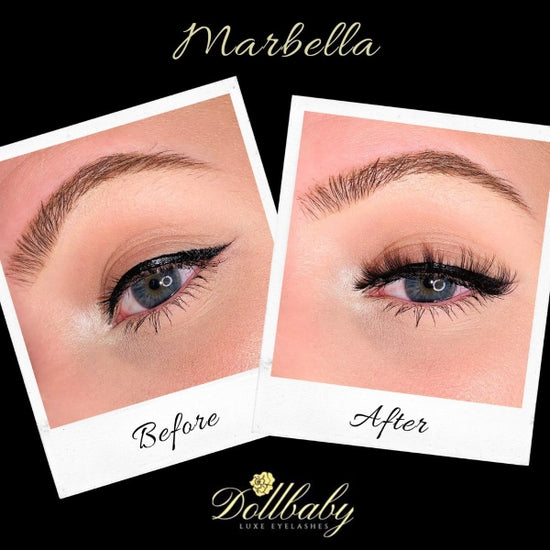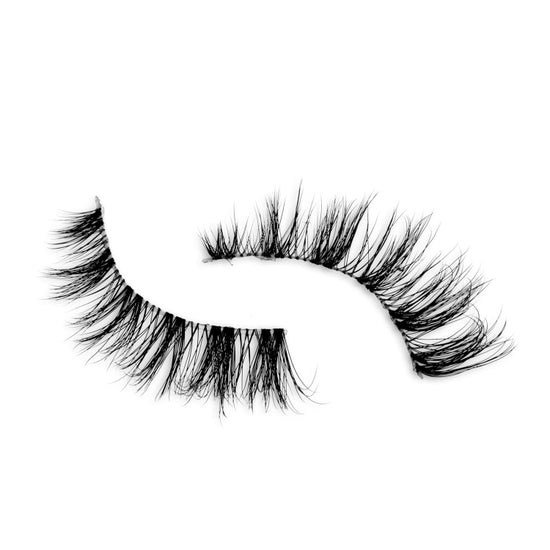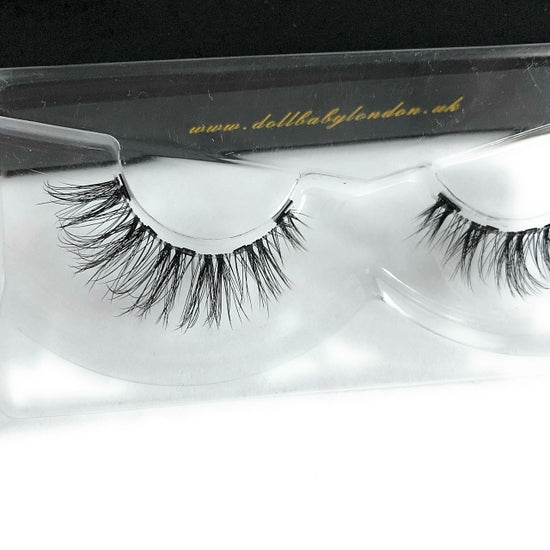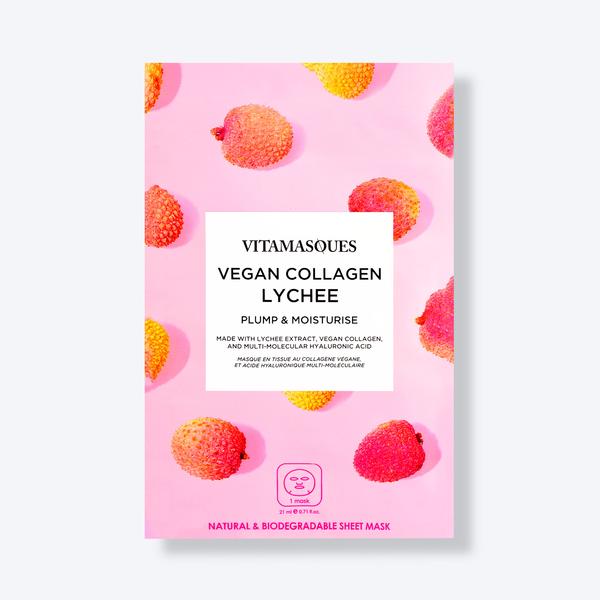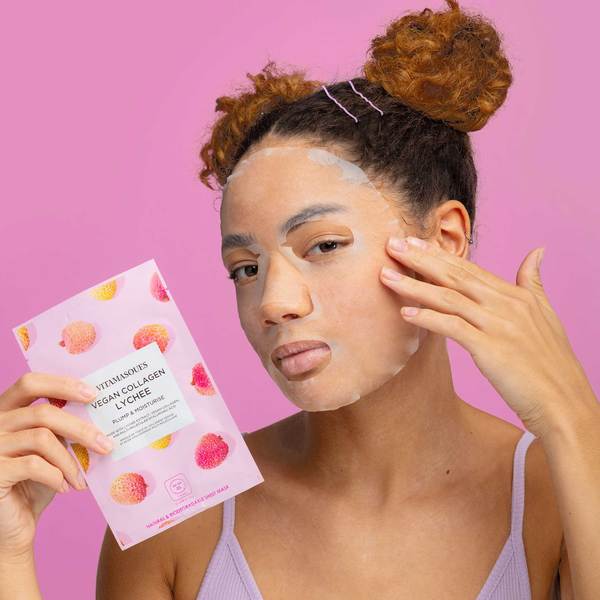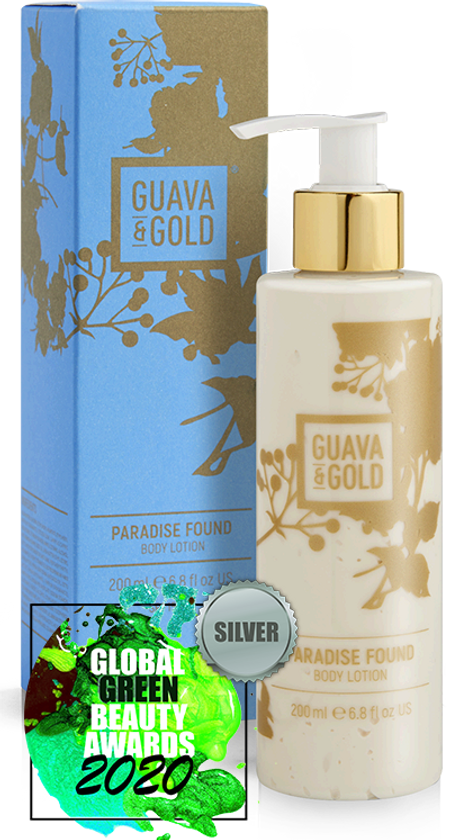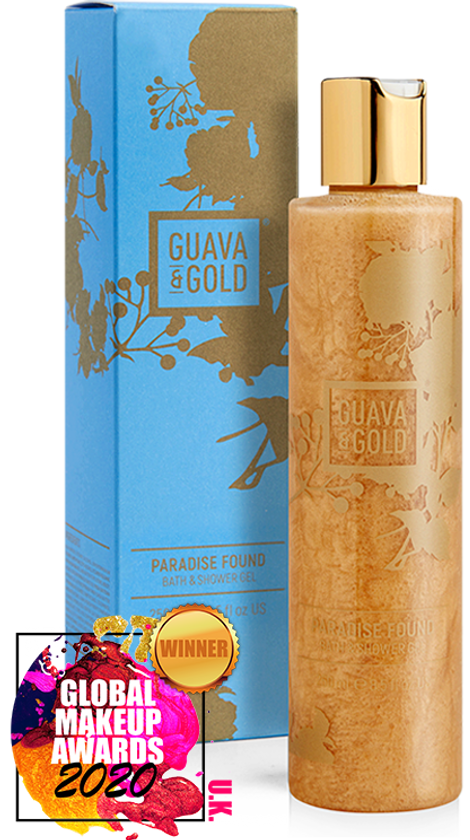Nothing is worse than finding yourself stepping outside and realising you aren't clothed warmly enough to withstand the subzero cold. It might disrupt your day by making it difficult to focus on anything other than how cold you are, but it can also be harmful.
So, we’re now faced with the question: “Does preparing for the cold mean that we cannot look fabulous?”
Of course not! We know that it's challenging to be stylish in bad weather, especially when it's freezing. During the colder months, the demand for thicker, warmer clothes takes precedence. But don’t fret! If dressing properly for the cold months is still a skill that eludes you, then we’re here to the rescue. In this blog, we’ll give key advice on how to dress for the cold without losing elegance. Read on to discover more.
Tip #1: Come up with a checklist
We know. A checklist is sort of the antithesis of being “creative”, but we’re trying to make the best out of being fashionable and practical, right? So, a little compromise won’t hurt. Our checklist includes the following: a hat, a scarf or knit mask (to cover your face and mouth), sleeves, mittens, several layers of loose-fitting clothing, and of course, water-resistant coats and boots.
With our winter style in mind, we might be tempted to choose gloves over mittens. However, mittens tend to be a warmer choice. Our fingers generate more heat when they're not separated from each other by fabric, as they are with gloves. Don’t worry because there are great-looking mittens that are made of down or synthetic insulation, have a waterproof design, and fit your hands properly.
Hats are important because, well, it protects your head and insulates it from the cold. You can pick any style that suits you, but it's important to consider the material to determine what option will keep you warm and dry. Experts say that micro fleece and wool materials are both great at retaining heat and wicking away moisture.
Tip #2: Observe proper “layering”
To make things easier, we came up with a quick guide to help you layer properly for the cold. Know that there is some science to dressing warmly, even though it may seem straightforward to pile on the clothes:
First, wear inner layer clothing made of materials that don't absorb moisture and can hold more body heat. Cotton won't be able to retain as much body heat as wool, silk, or polypropylene.
Insulation Layer: By keeping air near your body, an insulation layer will help you keep warm. It works well with natural fabrics like fleece, goose down, or wool.
Outer Layer: Your outermost layer serves as a wind, rain, and snow shield. To prevent heat loss, it should be densely woven and ideally wind- and water-resistant.
Tip #3: Invest in Quality Clothing
When it comes to staying warm during the cold months, fabrics are a major game changer. This is one of those aspects where you should choose quality over affordability (the cheapest is never the best option here). Cashmere sweaters are more expensive than other blends for a good reason. Spend money on at least one or two woollen sweaters and knits of high quality that can keep you warm by trapping heat. Heavy knit sweaters look good and work well for layering.
Most clothing is made of cotton, which is also the foundation of the clothing business. Cotton flannel shirts retain heat well, making them ideal for chilly weather. They are not only reasonably soft and simple to clean but also affordable and strong.
Speaking of fabrics, make it a point to have an insulated jacket. These are filled with insulating materials that ensure you stay warm in cold weather. When it's raining, they can be layered over a waterproof jacket or worn alone. Insulated jackets come in one of three general categories: down, synthetic insulation, or a combination of the two. These are all attractive and effective in retaining heat.
Please take note that, unless otherwise stated, insulated coats cannot be used in place of waterproof jackets. They are best for dry or slightly humid cold conditions because heavy rain may weaken their insulating qualities.


